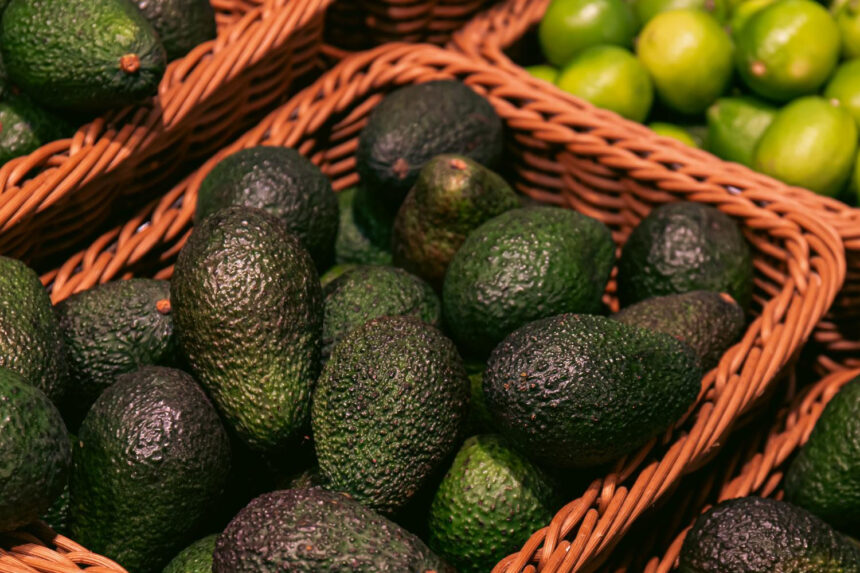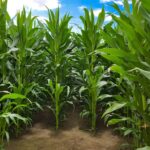Did you know that moving fruits like mangoes, guavas, and avocados from specific regions in South Africa requires a removal permit? This vital regulation aims to control the spread of the Oriental fruit fly (OFF) and protect agricultural regions from infestation. Here are 15 crucial things you should know about removal permits for these fruits.
- Geographical Restriction:
Removal permits are necessary when transporting mangoes, guavas, and avocados from specific regions in South Africa, including Limpopo, Mpumalanga, North West, Gauteng, KwaZulu-Natal, the Sundays River Valley Local Municipality, and the Nelson Mandela Bay Metropolitan Municipality. - Legislation Basis:
The requirement for removal permits is grounded in Control Measures R.110 of the Agricultural Pests Act, 1983 (Act No. 36 of 1983). - Issuing Authority:
The Department of Agriculture, Land Reform and Rural Development (DALRRD) Directorate: Inspection Services issues removal permits. - Avoid Unauthorized Movements:
Producers, farmers, hawkers, and market agents are strongly discouraged from moving host fruit from quarantine to non-quarantine areas without a removal permit. - Oriental Fruit Fly (OFF):
The Oriental fruit fly, originating from Asia, entered South Africa in 2010 and established itself in the northern and eastern parts of the country. - Hosts of OFF:
OFF targets deciduous fruit like apples, pears, peaches, and nectarines, as well as subtropical fruits such as mangoes, bananas, litchis, papayas, and guavas, along with berries, tomatoes, and cucurbits. - Control Measures:
Removal permits are only issued when OFF management control measures have been implemented, and population levels are reduced to acceptable standards. - Peak Season Concerns:
January and February are peak seasons for mangoes in South Africa, elevating the risk of OFF spreading as travelers transport fruit between provinces. - Life Cycle of OFF:
The life cycle begins with a female fruit fly laying eggs into ripening fruit, leading to larvae feeding on the inside and causing premature ripening and rotting. - Monitoring Traps:
The department monitors OFF monthly using traps, with the number of fruit flies collected determining the necessary measures. - Thresholds for Action:
If the number of male fruit flies in a trap exceeds ten per month, additional measures are required. If it reaches 12 per trap per week, removal of produce may be restricted. - Sanitation Practices:
Good orchard and field sanitation are crucial. Disposing of infested fruit regularly prevents fruit fly larvae from surviving and developing into adult flies. - Solarisation Technique:
Rotten or infested fruit can be disposed of by solarisation—placing it in a refuse bag exposed to the sun for at least three days (seven days if temperatures are below 30°C) or freezing the bag for two days. - Crushing Infested Fruit:
Another technique involves crushing infested fruit to destroy larvae inside. - Burying Infested Fruit:
Burying infested fruit half a meter beneath the soil is an effective disposal method. - MAT Blocks and Bait Spraying:
Placing four MAT blocks per hectare and conducting bait spraying help reduce the OFF population.
Understanding the regulations and practices surrounding removal permits for mangoes, guavas, and avocados is crucial for protecting agricultural regions from the Oriental fruit fly and ensuring the health of South Africa’s fruit industry. Adhering to these measures benefits not only individual farmers and producers but the entire community and the nation’s agricultural sector as a whole.









